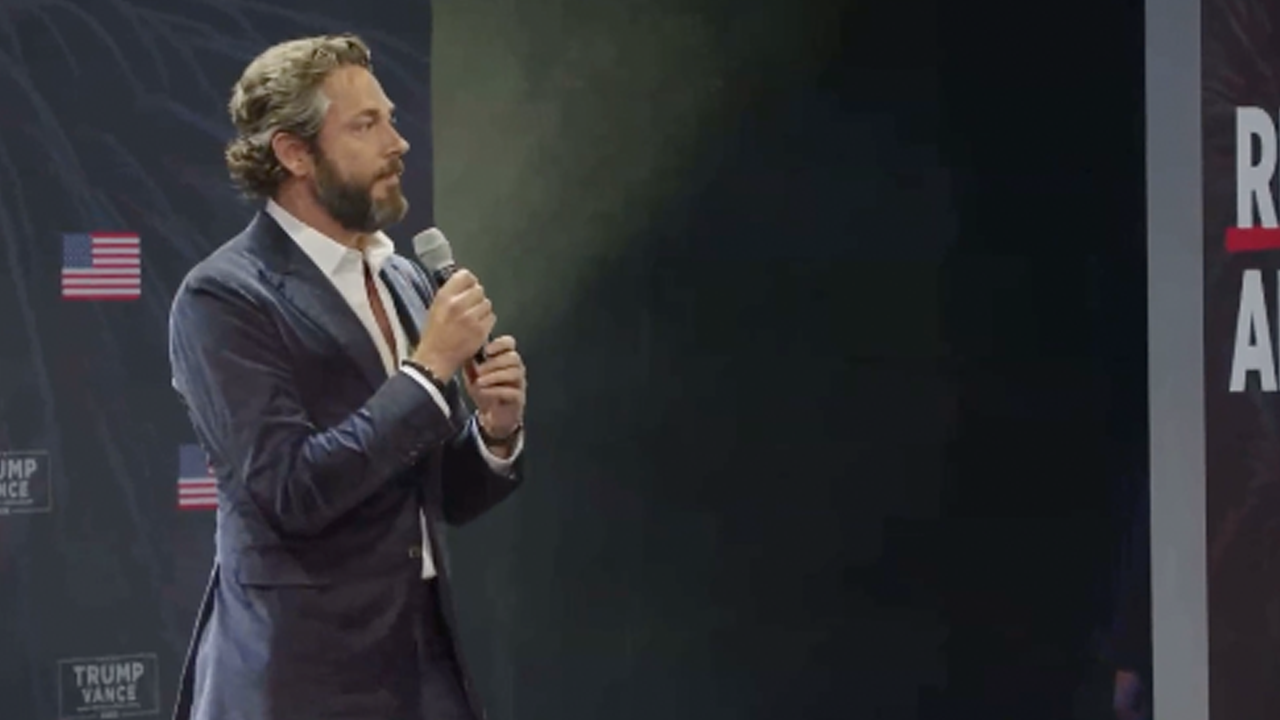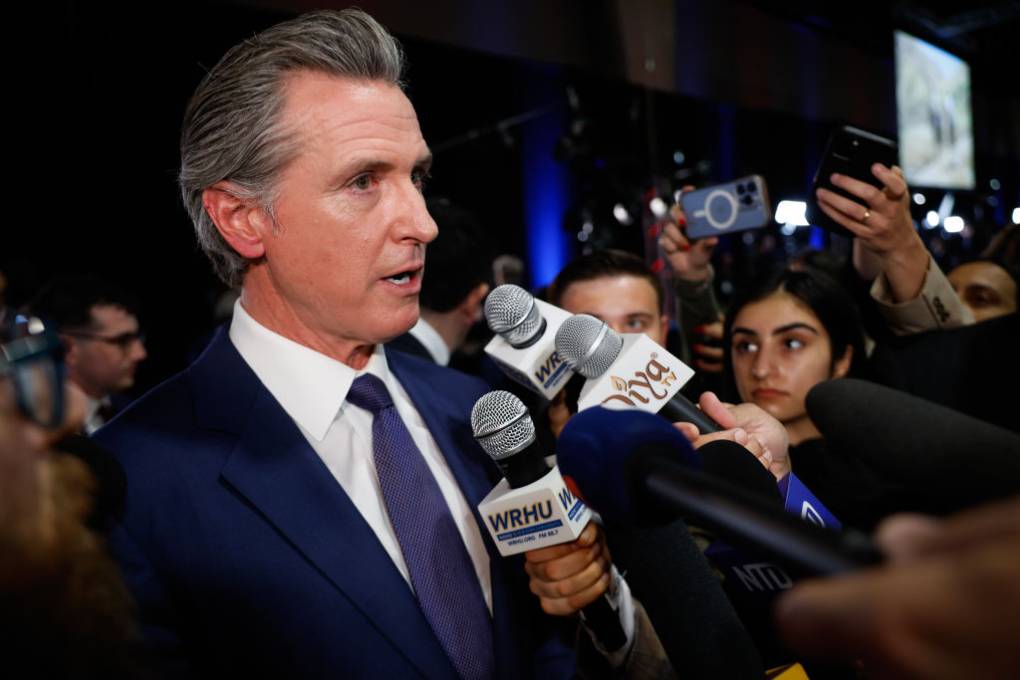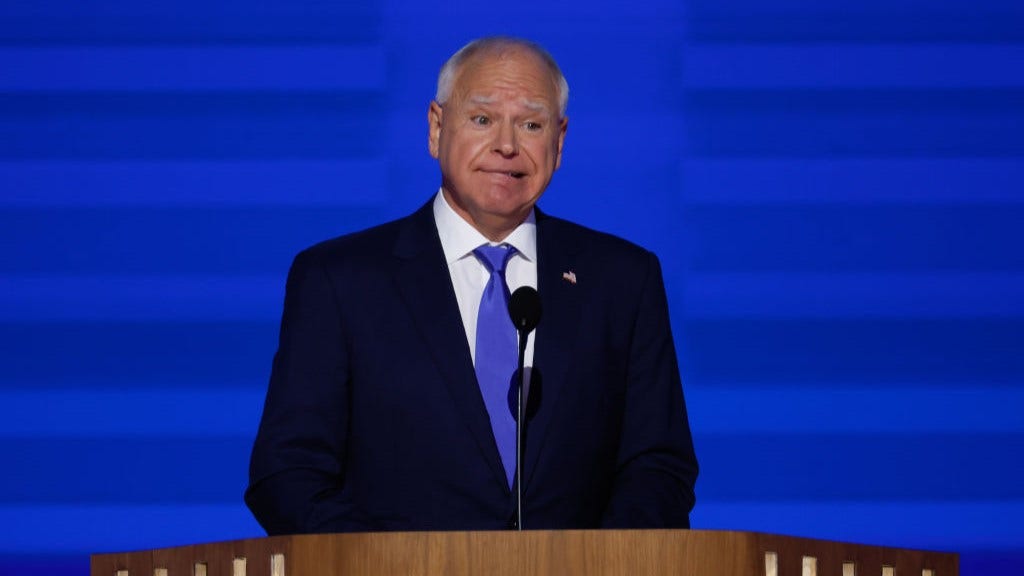California
California Climate & Energy Update

Buildings
Building code delivers: The California Energy Commission (CEC) approved a new building energy code that ensures the vast majority of new homes in the Golden State will be built without fossil fuel connections by 2026. Additionally, spurred by NRDC analysis on the opportunity to replace burnt out AC units with heat pumps that can cool and heat, the new code includes provisions to strongly encourage the replacement of gas rooftop HVAC (heating ventilation air conditioning) units for existing commercial buildings with two-way heat pumps. These units account for roughly 25% of the commercial market in California. A heat pump is nearly identical to an air conditioner with one small but important difference: a reversing valve that allows it to provide heating or cooling. This no brainer is becoming the norm for commercial buildings and needs to be the standard for residential homes too.
Stop investing in fossil fuel infrastructure: There is a growing consensus that it doesn’t make sense to keep investing in the gas pipeline system in California. NRDC commissioned analysis showing that targeted electrification, which equips homes served by aging gas pipelines with energy-efficient electric appliances, can save utility customers more than $20 billion in gas infrastructure costs by avoiding costly pipeline replacements.
Last week, Governor Newsom signed SB 1221 (Min) into law, a bill sponsored by NRDC, Earthjustice, and Building Decarbonization Coalition designed to avoid pipeline replacements. SB 1221 will help ensure that utility spending is aligned with an affordable, clean energy future by increasing transparency into gas utilities’ planned fossil fuel investments and authorizing cost-saving “zero-emission alternative” pilot projects to take place across the state. With this bill, California joined a growing list of states that are closing the chapter on unnecessary gas pipeline investment.
In July, the California Public Utilities Commission (CPUC) also implemented a decision that removes the subsidies for electric line extensions in new buildings if they connect the building to the gas system – subsidies worth thousands of dollars per home to developers. The decision recognizes that subsidies for new buildings that burn gas are out of step with California’s climate and public health objectives and builds on the previous move to eliminate the gas line extension subsidies for new properties.
Ensuring clean, electric technology is available to all: Getting off fossil gas in buildings requires investing in clean, electric technologies and supporting households with fewer resources to make the transition. California continues to fund this work above and beyond the federal dollars for buildings flowing to the state:
- A total of $525 million was secured for the Equitable Building Decarbonization program, which will provide home repairs and install all-electric appliances in the residences of low-income Californians starting in 2025.
- The $71 million from the Aliso Canyon Settlement paid by SoCalGas was directed primarily to support building electrification in the Los Angeles region (appropriated through AB 157).
- The California Heat Pump Partnership (CAHPP), seeded with state funding, officially launched this year to bring together state agencies, utilities, and manufacturers representing more than 90% of the U.S. heat pump market to help achieve the state’s goal to install six million electric heat pumps by 2030.
Industry
Digging into industrial emissions: Recently signed by the Governor, SB 941(Skinner) requires CARB to assess emitting industrial technologies and the availability of zero-emission alternatives in its next scoping plan. This assessment is a good first step to take stock of industry’s decarbonization options and should be followed by a comprehensive plan to abate those emissions.
Federal funding for cement decarbonization: Two innovative California-based cement companies secured federal funding awards of nearly $700 million to demonstrate decarbonized cement production processes. Successful adoption of such technologies will be crucial to meeting SB 596, which requires all cement used in the state to be net-zero emission by 2045.
Exploring new rates for industrial electrification: Electric rates that incentivize industrial loads to use clean electricity are critical to industrial decarbonization. While SB 993 (Becker), which would have required just such an industrial rate development, did not advance out of the legislature, the idea did: the CPUC updated the scope of its existing demand flexibility proceeding to develop a new industrial electric rate structure for industrial heat and hydrogen loads. This could price electricity at super low rates when renewables are abundant, and much higher when gas is the marginal resource to incentivize flexible industrial loads to only draw power from the grid when the costs and emissions of doing so are low.
Transportation
Transforming our streets and highways: Two of the three bills NRDC supported as part of the ClimatePlan legislative package were signed into law. SB 960 (Wiener) requires Caltrans to make improvements for people biking, walking, and taking transit when it upgrades state-owned roads. AB 2086 (Schiavo) requires tracking and reporting on how state transportation investments support state goals on safety, equity, climate action, and economic prosperity. Each of these bills advances a key recommendation from our report highlighting gaps between California’s climate goals and its transportation infrastructure spending decisions. NRDC also filed a lawsuit against Caltrans for its unlawful approval of an expansion of Interstate 80 in the Sacramento region.
Defend clean cars rules: NRDC and partners helped block four bills that would have weakened California’s nation-leading clean air standards. We successfully secured the Governor’s vetoes of AB 637 (Jackson), AB 3179 (J. Carillo), Ab 1122 (Bains) and AB 1296 (Grayson), which would have given clean air carveouts for certain rental cars, vehicle fleets, and harbor craft.
Getting EV chargers online faster: NRDC worked to secure new rules from the CPUC to get EV chargers online faster to meet the growing demand for electric cars, buses, and trucks. This decision establishes the nation’s first deadlines for connecting residential, public, and workplace EV chargers to the grid and for California’s three largest investor-owned utilities to make necessary grid upgrades to support large projects like fast-charging plazas for passenger vehicles and charging stations for commercial trucks, while also requiring transparent data on utility compliance. The rule will help lower electricity rates because EV charging brings in more money than it costs utilities to serve, and that net revenue is returned to all utility customers through rates and bills that are lower than they otherwise would be.
Power
Offshore wind gets green light: Developing offshore wind (OSW) is important for California to meet its zero-carbon energy goals, support grid reliability, improve affordability, reduce air pollution, and grow a new industry that will support thousands of high-quality jobs. To advance this effort, the CEC published their final strategic plan, with feedback from NRDC and other stakeholders, which outlines opportunities, challenges, and recommendations to make responsible and equitable offshore wind development a California reality.
In a huge step towards this potential, the CPUC sent the strongest signal yet to advance OSW by adopting a decision ordering 7.6 GW of OSW to be centrally procured by 2035. This determination of need is significant enough to provide certainty for transmission, port, and other infrastructure investments to move forward, and is in line with what NRDC supported in our comments. This decision affirms that offshore wind will play a key role in California’s future energy system and lays the groundwork for market transformation by planning phased procurements to encourage competition and cost reductions.
Progress on Western grid regionalization: A west-wide electricity market would spur the development of clean electricity sources and lower costs for consumers across the region. With the California Independent System Operator’s (CAISO) western day-ahead electricity market approved by the Federal Energy Regulatory Commission (FERC) and poised to bring some of these benefits to the region, an additional effort is underway called the West-Wide Governance Pathways Initiative to take it even further. The Pathways Initiative will both encourage broad participation in the western day-ahead electricity market to capture the value of the resource and geographic diversity of the region, and will create a path to stand up a new governance structure with full independence that could offer more services to the West that go beyond energy markets.
Equitable rate reform to improve how we pay for shared electric system costs: California is facing an electric rate crisis. NRDC has been at the forefront of identifying solutions, including an income-based monthly charge that more equitably shares the costs for electricity infrastructure while also supporting the transition from fossil fuels to clean electricity. The CPUC successfully adopted this new rate structure in May. This change will help, but more needs to be done in 2025 to reduce electric rates.
Looking Ahead
There’s still significant work needed to build a just and sustainable California, however, the recent progress made across every major sector is worth celebrating. California has the vision and leadership needed, and the will of the state’s residents on its side to create a livable future for all in the face of climate change.

California
California governor signs bills to protect children from AI deepfake nudes

SACRAMENTO, Calif. (AP) — California Gov. Gavin Newsom signed a pair of proposals Sunday aiming to help shield minors from the increasingly prevalent misuse of artificial intelligence tools to generate harmful sexual imagery of children.
The measures are part of California’s concerted efforts to ramp up regulations around the marquee industry that is increasingly affecting the daily lives of Americans but has had little to no oversight in the United States.
Earlier this month, Newsom also has signed off on some of the toughest laws to tackle election deepfakes, though the laws are being challenged in court. California is wildly seen as a potential leader in regulating the AI industry in the U.S.
The new laws, which received overwhelming bipartisan support, close a legal loophole around AI-generated imagery of child sexual abuse and make it clear child pornography is illegal even if it’s AI-generated.
Current law does not allow district attorneys to go after people who possess or distribute AI-generated child sexual abuse images if they cannot prove the materials are depicting a real person, supporters said. Under the new laws, such an offense would qualify as a felony.
“Child sexual abuse material must be illegal to create, possess, and distribute in California, whether the images are AI generated or of actual children,” Democratic Assemblymember Marc Berman, who authored one of the bills, said in a statement. “AI that is used to create these awful images is trained from thousands of images of real children being abused, revictimizing those children all over again.”
Newsom earlier this month also signed two other bills to strengthen laws on revenge porn with the goal of protecting more women, teenage girls and others from sexual exploitation and harassment enabled by AI tools. It will be now illegal for an adult to create or share AI-generated sexually explicit deepfakes of a person without their consent under state laws. Social media platforms are also required to allow users to report such materials for removal.
But some of the laws don’t go far enough, said Los Angeles County District Attorney George Gascón, whose office sponsored some of the proposals. Gascón said new penalties for sharing AI-generated revenge porn should have included those under 18, too. The measure was narrowed by state lawmakers last month to only apply to adults.
“There has to be consequences, you don’t get a free pass because you’re under 18,” Gascón said in a recent interview.
The laws come after San Francisco brought a first-in-the-nation lawsuit against more than a dozen websites that AI tools with a promise to “undress any photo” uploaded to the website within seconds.
The problem with deepfakes isn’t new, but experts say it’s getting worse as the technology to produce it becomes more accessible and easier to use. Researchers have been sounding the alarm these past two years on the explosion of AI-generated child sexual abuse material using depictions of real victims or virtual characters.
In March, a school district in Beverly Hills expelled five middle school students for creating and sharing fake nudes of their classmates.
The issue has prompted swift bipartisan actions in nearly 30 states to help address the proliferation of AI-generated sexually abusive materials. Some of them include protection for all, while others only outlaw materials depicting minors.
Newsom has touted California as an early adopter as well as regulator of AI technology, saying the state could soon deploy generative AI tools to address highway congestion and provide tax guidance, even as his administration considers new rules against AI discrimination in hiring practices.
California
PG&E warns customers of 13 California counties of possible power shutoffs

PG&E warned about 13,455 customers in 13 California counties that it may turn off power in some areas Monday due to elevated wildfire risk, the company said.
The utility is monitoring forecasts for breezy offshore winds and low humidity for possible Public Safety Power Shutoffs, according to a press release Saturday.
PG&E, which has paid millions in fines related to its role in wildfires, proactively cuts power in certain instances to reduce fire risk from energized power lines.
“These customers received notifications starting early Saturday and will be updated on Sunday morning,” the utility said. “Those notifications will inform customers of any changes in the forecast and how it will impact a possible Public Safety Power Shutoff.”
In the Bay Area, notices were sent to 346 customers in Alameda County, 286 in Contra Costa County, 140 in Napa County and 268 in Sonoma County, PG&E said.
California
Laws combating California campus antisemitism receive wide support, despite JVP criticism

New laws targeting campus antisemitism and ensuring K-12 education on the Holocaust and genocide will be signed into law by California Governor Gavin Newsom, his office announced this week.
The policies, authored by Assembly members Laura Friedman and Josh Lowenthal, Senator Steve Glazer, and Senator Henry Stern respectfully, will see increased education on the Holocaust in K-12 classrooms and antisemitism training included in California colleges’ diversity, equity, and inclusion programs.
The three new legislations were rated the highest priority by the Jewish Public Affairs Committee of California in light of growing antisemitism. JPAC is also supporting several dozen other bills. To date, 16 have been signed into law.
The new legislation
The deadline to submit or veto bills is September 30, meaning the legislation may still be turned down. Should bill AB 2925 pass, then, from January 1, Californian college campuses will be required to teach on antisemitism, and staff will be trained on how to combat discrimination against the five most targeted groups. This would likely see antisemitism training added to existing DEI policies.
Under SB 1287, the second of the three bills up for consideration, college campuses could be required to enforce and update student codes to prevent intimidation, harassment, and violence. Students would be given training on appropriate channels of civil discourse, allowing room for debates and discussions.
Finally, under SB 1277, the California Teachers Collaborative on Holocaust and Genocide Education would become an official state program. This is led by the JFCS Holocaust Center in San Francisco, which brings together 14 genocide education institutions across the state to create curriculum and training materials for K-12 teachers. If implemented, the educational materials would reach one million students by 2027.
Campus life
The legislation comes in the wake of campus protests over the Israel-Hamas war. Some American universities saw pro-Palestinian groups set up illegal encampments on campus, preventing the free movement of students paying to attend the institutes.
In one such instance, at the California-based University of Berkeley, anti-Israel protesters allegedly firebombed buildings. In another, a pro-Palestinian group interrupted a private dinner being held at the home of a Jewish professor. Other incidents have seen students physically assaulted for supporting Israel.
Wide support for bills
All three of these bills faced fierce opposition from the Council on American-Islamic Relations and Jewish Voice for Peace, the governor’s office said. However, the bills have maintained strong bipartisan support – thanks in part to the advocacy efforts made by JPAC and a coalition of over 40 Jewish organizations. Additionally, over 3,500 letters of support for the bill were sent to the governor.
However, they passed out the legislature with overwhelming, bipartisan majorities in both houses. JPAC led advocacy efforts throughout the legislative process – building a coalition of over 40 Jewish organizations – and organized over 3,500 letters to the Governor. These bills were also top priorities for the California Legislative Jewish Caucus.
“In a post-October 7th world, our school and campus leaders need more tools to keep students safe and provide accessible educational opportunities for all,” said David Bocarsly, JPAC Executive Director. “This is true for both Jewish students and other targeted students. These bills meaningfully counter antisemitism and hate by creating greater empathy and understanding and ensuring all students feel safe on their campus. We are incredibly grateful to our partners and champions in the Legislative Jewish Caucus, led by Assemblymember Gabriel and Senator Wiener, and we thank Governor Newsom for signing these bills into law.”
-

 News1 week ago
News1 week agoVideo: Who Are the Black Swing Voters?
-

 News1 week ago
News1 week agoFour killed, dozens injured in Alabama shooting
-

 News1 week ago
News1 week agoMoney for cutting-edge climate technology could dry up in a second Trump term
-

 News1 week ago
News1 week agoElection 2024 Polls: Florida
-

 World1 week ago
World1 week agoCritics slam landmark EU competitiveness report as 'one-sided'
-

 World1 week ago
World1 week agoRussian airstrike on apartment block in Kharkiv injures 21 people
-

 Politics1 week ago
Politics1 week agoSecret Service protection bill passes House unanimously after Trump assassination attempts
-
/static.texastribune.org/media/files/5e5395400eb1f412fb6d97a439483caf/SpaceX%20Brownsville%20MGO%2005.jpeg)
/static.texastribune.org/media/files/5e5395400eb1f412fb6d97a439483caf/SpaceX%20Brownsville%20MGO%2005.jpeg) News1 week ago
News1 week agoCards Against Humanity says in new lawsuit that SpaceX has destroyed some of its South Texas property
















